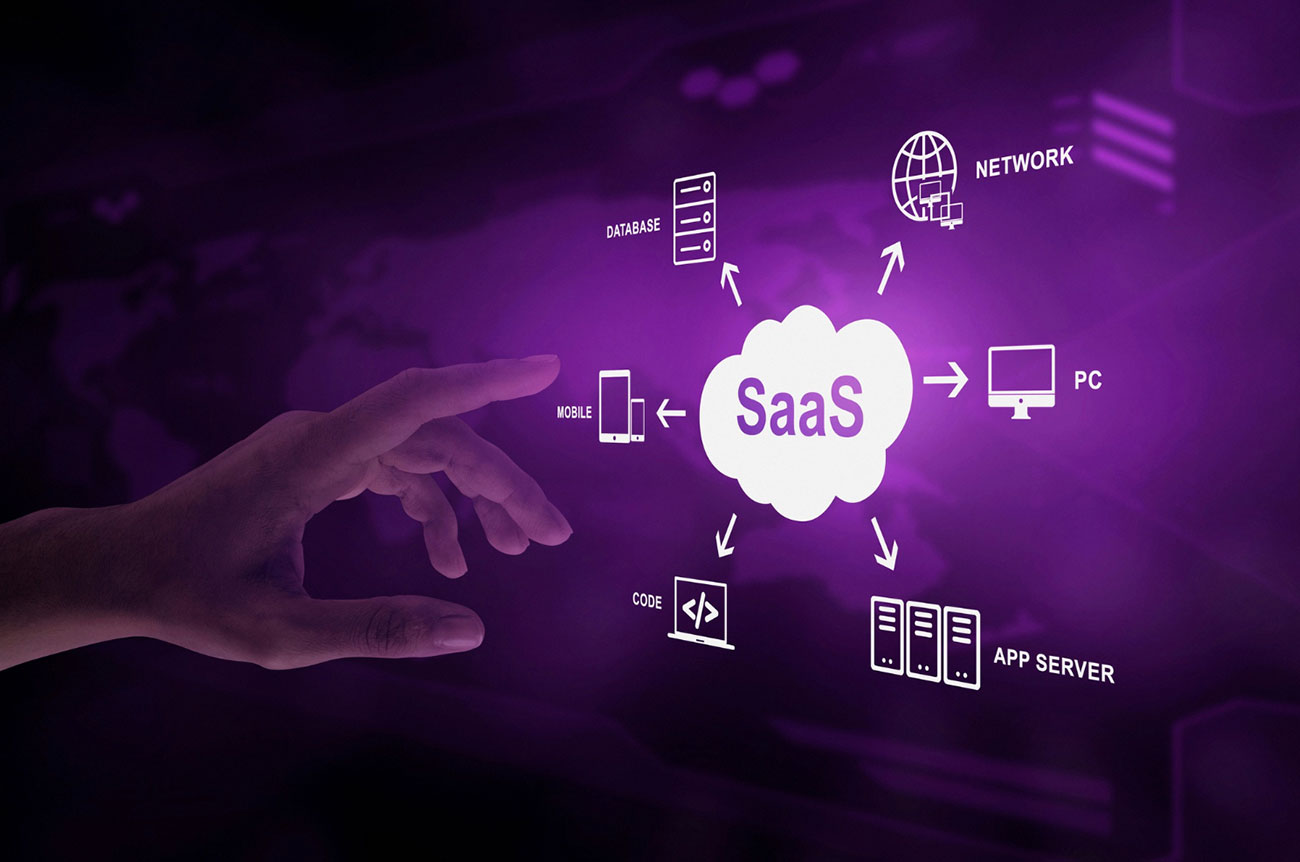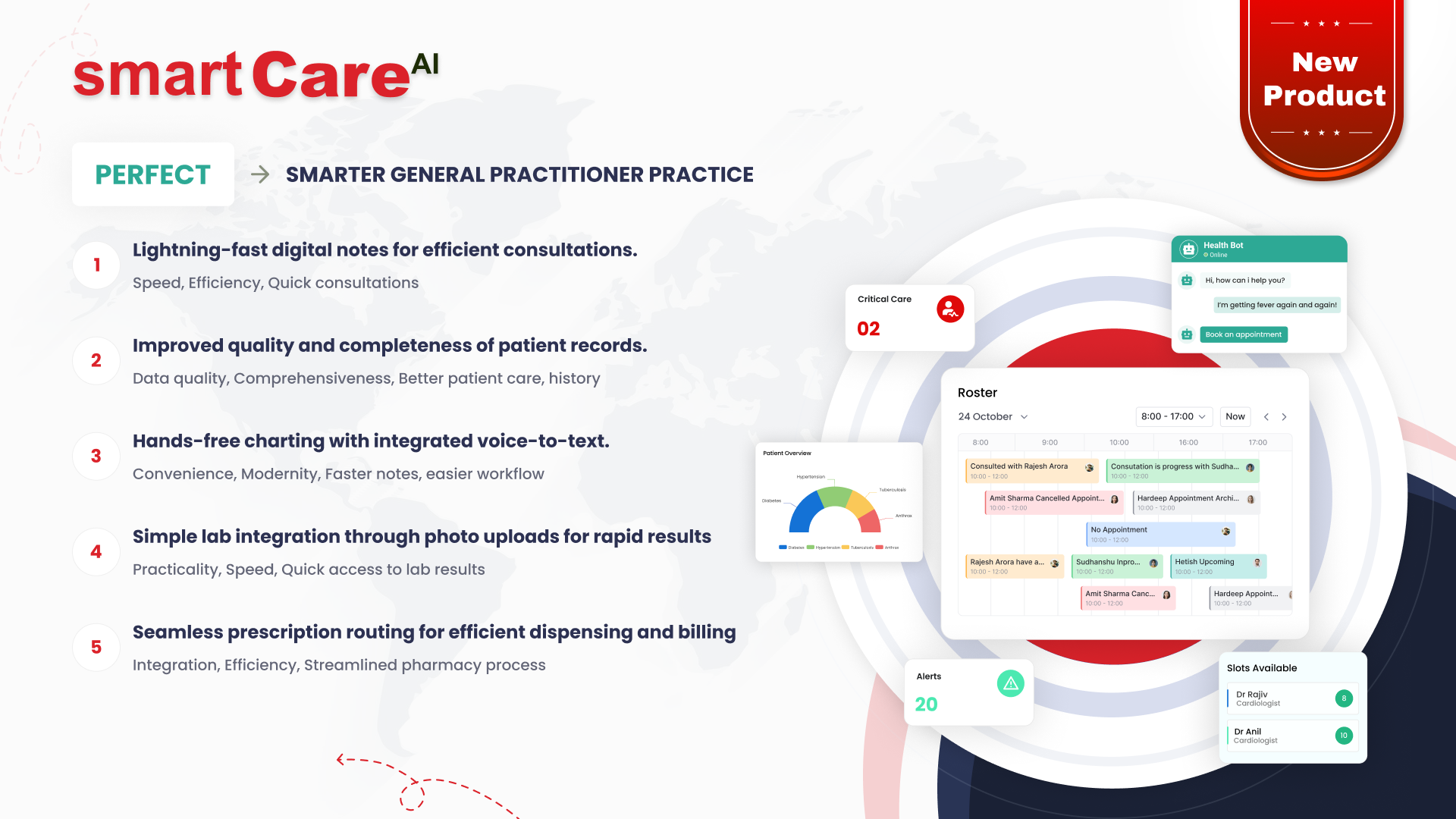Posted On August 19, 2024
Exploring the Benefits and Challenges of SaaS
Understanding both the benefits and challenges of SaaS is crucial for making informed decisions about adopting and managing these platforms. Let’s delve into the key benefits and challenges of SaaS to help you navigate this transformative technology.
Benefits of SaaS
1. Cost Efficiency
One of the most significant benefits of SaaS is cost efficiency. Traditional software models often require substantial upfront investments in licenses, hardware, and ongoing maintenance. SaaS, however, operates on a subscription-based model, which typically includes updates, support, and maintenance. This model reduces capital expenditures and shifts costs to an operational expense, allowing businesses to better manage their budgets.
Benefit: SaaS eliminates the need for large upfront investments, providing a more predictable and manageable cost structure that aligns with business needs.
2. Scalability and Flexibility
SaaS solutions are inherently scalable, allowing businesses to easily adjust their usage based on demand. Whether you need to add more users, increase storage, or access additional features, SaaS platforms offer the flexibility to scale up or down without the need for significant infrastructure changes.
Benefit: SaaS enables businesses to quickly adapt to changing requirements, supporting growth and flexibility without the constraints of traditional software.
3. Accessibility and Mobility
SaaS solutions are cloud-based, meaning they can be accessed from anywhere with an internet connection. This accessibility supports remote work and allows employees to collaborate and work from any location, using any device.
Benefit: SaaS enhances mobility and supports a distributed workforce, improving productivity and collaboration across teams regardless of their physical location.
4. Automatic Updates and Maintenance
With SaaS, software updates and maintenance are handled by the service provider. This ensures that users always have access to the latest features, security patches, and performance improvements without the need for manual intervention.
Benefit: SaaS reduces the burden on IT teams, ensuring that software is always up-to-date and secure, allowing businesses to focus on core activities rather than software management.
5. Quick Deployment and Time to Value
SaaS solutions can be deployed quickly, often with minimal setup required. This rapid deployment allows businesses to start using the software almost immediately, accelerating time to value and enabling faster realization of benefits.
Benefit: SaaS offers quick deployment, helping businesses to rapidly implement new tools and gain immediate value, which is crucial in a fast-paced market.

Challenges of SaaS
1. Data Security and Privacy Concerns
One of the primary challenges of SaaS is data security and privacy. Since SaaS applications are hosted in the cloud, businesses must trust the service provider with sensitive data. Concerns about data breaches, compliance with regulations, and the control over data storage are common issues that need to be addressed.
Challenge: Ensuring that the SaaS provider complies with industry standards and regulations is crucial for protecting sensitive data and maintaining customer trust.
2. Limited Customization
While SaaS solutions offer flexibility, they may also come with limitations in terms of customization. Unlike on-premise software, where businesses can tailor the software to their specific needs, SaaS solutions often offer limited options for customization, which can be a drawback for businesses with unique requirements.
Challenge: Balancing the benefits of a SaaS solution with the need for customization can be challenging, especially for businesses with specialized needs.
3. Dependency on the Service Provider
With SaaS, businesses rely heavily on the service provider for uptime, performance, and support. Any disruption in service, whether due to technical issues or provider outages, can impact business operations.
Challenge: Managing the dependency on the SaaS provider and ensuring that they have robust SLAs (Service Level Agreements) in place is essential to minimize the risk of downtime or service interruptions.
4. Integration with Existing Systems
Integrating SaaS solutions with existing on-premise or other cloud-based systems can sometimes be challenging. Compatibility issues, data silos, and the need for complex integrations can pose difficulties during the implementation phase.
Challenge: Ensuring smooth integration with existing systems is critical for maintaining data consistency and workflow efficiency across the organization.
5. Long-Term Costs
While SaaS solutions often reduce initial costs, the subscription model can lead to higher long-term costs compared to traditional software, especially if the software is used over an extended period. Continuous payments and potential price increases by the service provider can add up over time.
Challenge: Evaluating the total cost of ownership (TCO) over the long term is important to ensure that the SaaS solution remains cost-effective and aligned with business goals.
Conclusion
SaaS offers numerous benefits, including cost efficiency, scalability, accessibility, and ease of maintenance, making it an attractive option for businesses looking to modernize their operations. However, it also comes with challenges, such as data security concerns, limited customization, and dependency on the service provider. As a leader in engineering, carefully weighing these benefits and challenges will help you make informed decisions about adopting SaaS solutions that best fit your organization’s needs and objectives.








